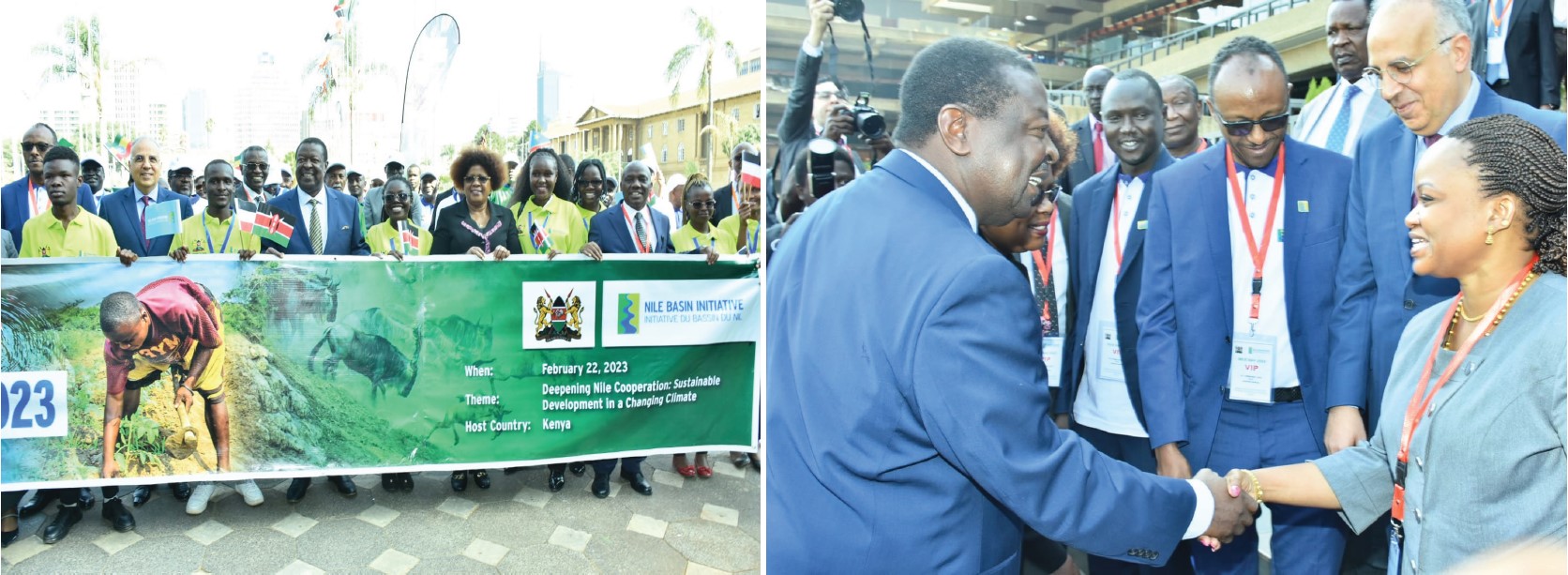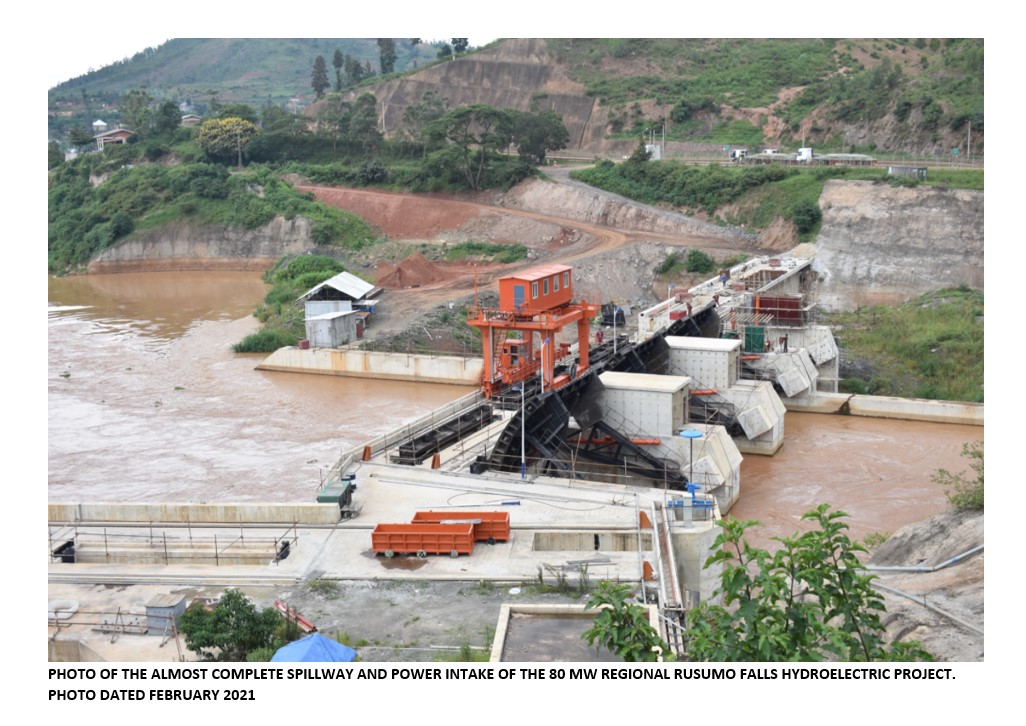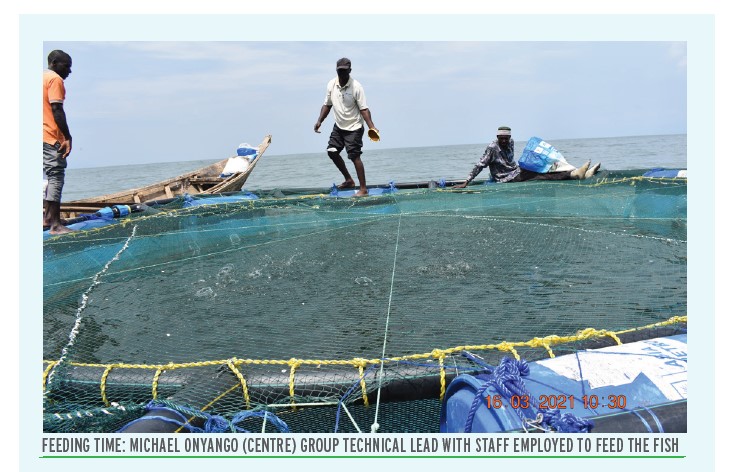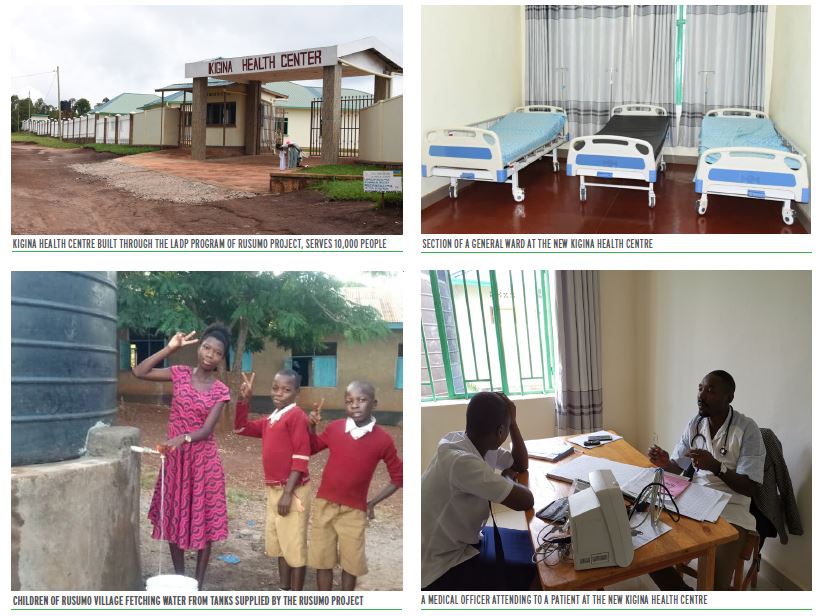The Power Trade and Development is one of the NELSAP Subprograms that comprises projects that are developped in line with the overall goal of NELSAP- To contribute to the eradication of the poverty and promote economic growth by increasing access to electricity in the NEL Region. The following is list of Projects that are implemented so far to achieve that aim. click on the button to find more on a project.
Why this project ?
Access to electricity is a priority for the NEL countries’ economies because it is a prerequisite to poverty reduction and economic growth. The majority of NEL countries have very low access to electricity, with an average of 6% access. There is low supply industrial and domestic consumers often experiencing erratic service. This is partially due to limited power trade in the region. Only small-scale inter-connections between Uganda and Kenya and between Kenya and Northern Tanzania exists. Cross-border exchange between Tanzania and Uganda is also minimal. The current situation brought the States in the sub-region to commit to regional integration of their electricity grids. An integrated NEL/East Africa power market holds the promise of increasing access, improving reliability, and reducing the costs of power supply to each member country.
The project will be commissioning at the time when most of the power generation planned in the Eastern Africa Region will be also operational, including Bujagali and Karuma hydropower
plants in Uganda and Gibe III in Ethiopia (from which NEL region expect to receive 2,000 MW).
A feasibility study and detailed engineering design for four power transmission lines between Burundi, DRC, Kenya, Rwanda and Uganda to strengthen existing and new interconnections between the NEL countries and other regional grids was concluded in October 2007. Ministers in charge of Energy approved the feasibility study. A development partners meeting to mobilize financing for implementation of the project was held on 30th November 2007 in Kigali, Rwanda. Together with the transmission lines to be developed in the Rusumo Falls and Multipurpose project, and the interconnection between Kenya and Tanzania, these investments will create a solid backbone for power trade in the NELSAP region. A project coordination unit (PCU) was established in February 2010 to coordinate the implementation of the project. It is located at Kigali Rwanda in NELSAP Offices. The implementation of the project has commences and is being done by each country. Due to its regional nature, the project has to date attracted funding in the tune of USD 363 million.
To promote regional power trade among Nile Equatorial Lakes Countries though strengthening/
upgrading existing interconnection and constructing new interconnections between Kenya,
Uganda, Rwanda, Burundi and Eastern DR Congo.
Uganda (Jinja) – Kenya (Lessos): new 220 KV line
Uganda (Mbarara) – Rwanda (Kigali): new 220 KV line.Rwanda (Kigoma) – Burundi
(Rwegura): new 110 KV line.
Upgrade voltage 70 KV to 110 KV for DRC (Ruzizi 1)– Burundi (Bujumbura) and to 220 KV DRC (Ruzizi1)– DRC (Goma)
DRC (Kiliba)– Burundi (Bujumbura): new 110 KV
DRC (Goma) –– Rwanda (Mukungwa) – Rwanda
(Kigali) new 220 KV.
The project objective is “productive multi-purpose use of water and energy resources with investment in sustainable livelihoods in the project area”. The RRFP will generate an estimated 80 MW to be shared equally between the three partner countries of Burundi, Tanzania and Rwanda. The transmission lines are expected to promote power access, reliability and trade between the three countries.
The three main activities ongoing for the preparatory phase of the project are: (i) feasibility study of the power generation and related project area development funded by NBTF, (ii) study on transmission lines and project area Development jointly funded by AfDB and NBTF, and (iii) Financial and Institutional arrangements funded by NBTF. The feasibility study of the power generation plant including Hydro Technical studies, detailed Resettlement Action Plan (RAP), and Local Area Development Plan (LADP), review of the detailed Environmental and Social Impact Assessments and Plans (ESIA & ESMP) and final design continued from November 2010 and will be completed by the end October 2011.
For the Transmission Lines, detailed RAP is being carried out and will also be completed by end October, 2011. Pre-implementation activities such as setting up Special Purpose Vehicle (SPV) project Company, appointment of Owners Engineers, and preparation of various project draft agreements are among some of the activities that are being undertaken. Implementation is planned to start in 2013 after the financial closure in mid 2012. It has been proposed that the project structured ownership be 100% public.
The Project Development Objective is to prepare the construction of 400 KV between Iringa and Mbeya in order to extend the 400 KV Kenya Tanzania towards Zambia and then link the Eastern/Nile Basin Countries to South Africa Power Pool. The preparation stage includes the: Environment and Social Impact Assessment and Resettlement Action Plan, and the Feasibility Study, Detailed Design and preparation of the Tender Documents. The studies are funded by the NBTF. The procurement of consultants for the two studies is completed and the studies are expected to start in November 2011 up to October 2012.
The study of the Kenya (Nairobi) – Tanzania (Arusha – Singida) Interconnection Project is funded by Royal Norwegian Government to the tune of US$ 3.4 million. The study is composed of two components: (i) feasibility study, detailed design and preparation of tender documents and (ii) the Environment and social Impact Assessment/ Resettlement Action Plan (RAP) study. It is expected that the studies will be completed in May 2012. The project constitutes one of the parts of the regional power transmission backbone that are needed to create a regional power market. With this interconnection and the Interconnection of the electricity networks of the five NELSAP Countries, the six NELSAP Upstream Countries (Burundi, DR Congo, Rwanda, Uganda, Kenya and Tanzania) will be interconnected. NELSAP plans to organize a Development Partners meeting in March 2012 to mobilize funds for the construction of the line.
Uganda – DR Congo Power Transmission Line: NELSAP has requested to Norwegian Embassy in Kampala financing to carry out the Feasibility study, detailed design and tender documents as well as ESIA RAP for the Uganda (Nkenda) – DR C (Beni – Bunia) Power Transmission Line. A grant agreement is expected to be signed in October 2011. The studies are expected to start in May 2012 for 15 months.
Regional Rusumo Falls Hydroelectric Project (RRFP)
The Regional Rusumo Falls Hydroelectric Project (RRFP) is a hydropower project under joint development by the Governments of Republic of Burundi, Republic of Rwanda and United Republic of Tanzania through a commonly owned Rusumo Power Company (RPCL). The joint development was entered by the three governments through a Tripartite Agreement signed on 16th February, 2012. The project is located at Rusumo Falls, at the common border of Rwanda and Tanzania on River Kagera. The power production facilities are located entirely on the south side of the bank of the Kagera River in Tanzania, while the substation is located on the northern side of the bank of the river in Rwanda.
The Power Trade and Development Sub-program Fact Sheets
- Regional Rusumo Falls Hydro-Electric Project (RRFP);
- The Interconnection of Electric Grids of the NEL Countries Project (5 NEL Countries);
- Tanzania-Zambia Power Interconnection Study;
- Kenya–Tanzania Interconnection Project;
- Iringa–Mbeya Power Transmission line Project;
- Uganda–DR Congo Power transmission Line Project










































































